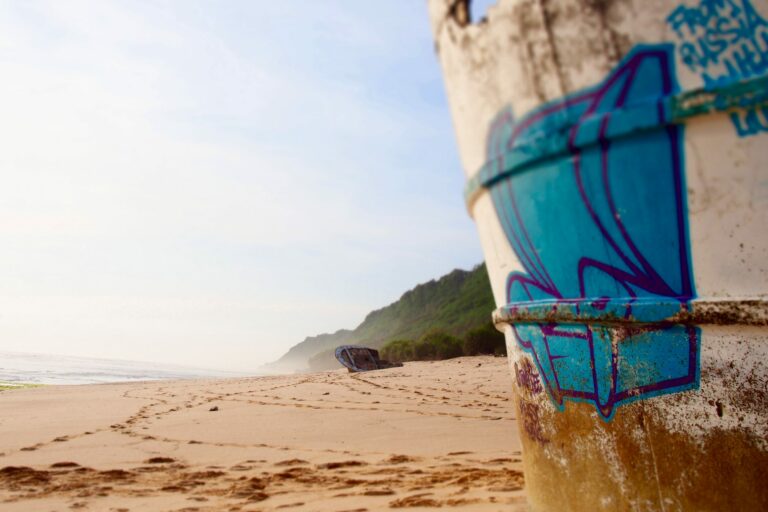When people ask me what my favourite place I’ve ever visited is, Japan is always one of the top three spots I mention (the other two are Iceland and Morocco). There’s just something magical about Japan – the people are so lovely and kind, they’re beautiful, quirky and always up for fun. The food is incredible, a mix of modern wonder and time-honoured cooking techniques. The streets are neon bright with karaoke bars and whisky clubs a stone’s throw from temples and pockets of history. Away from Tokyo, you can discover the secrets of Okinawa‘s centenarians, make the most of miles of fresh powder in Hakuba or wander the famed bright red gates of Kyoto’s iconic Shinto shrine.
With so many cheap airfares to Japan popping up at the moment, it makes sense to take advantage and start planning a trip. Honestly, though, Japan ain’t exactly renowned for being budget-friendly. So, here are my top five tips to save money and plan an amazing trip to Japan!
Planning your trip?
•••
Hotels, we use Agoda
Rentals: Discover Cars
Transfers: Welcome Pickups
Insurance: Cover-More
SIM Cards: Simify
I register as an affiliate for anything I use and recommend. Some of the links on this page are affiliate links, which means if you click these links and make a purchase I may earn a commission. This commission comes at no additional cost to you, and in some cases, these links may even unlock savings or give you bonuses I’ve negotiated. You can find out more about this here and here.
1. See more, for less
A tour is a great way to save money and see more! Now, look, don’t let the word ‘tour’ turn you off by immediately conjuring up images of a fully-fledged booze bus ripping through the streets of Tokyo (unless that’s your thing?!) There are loads of great tour companies out there who cater to a wide range of ages and interests. The easiest way to find the perfect Japan tour for you is through TourAmigo. If you haven’t heard of it before, it’s like Skyscanner for tours. Honestly, after visiting Tokyo ourselves, I would’ve loved to have done a tour as we would’ve been able to see way more and not been so overwhelmed by trying to figure out how to get around the country (in the end we just stayed in Tokyo as it was too hard). I actually know the guy who started TourAmigo, his name’s Murray and he’s a deadset Brisbane legend! Hi, Murray!
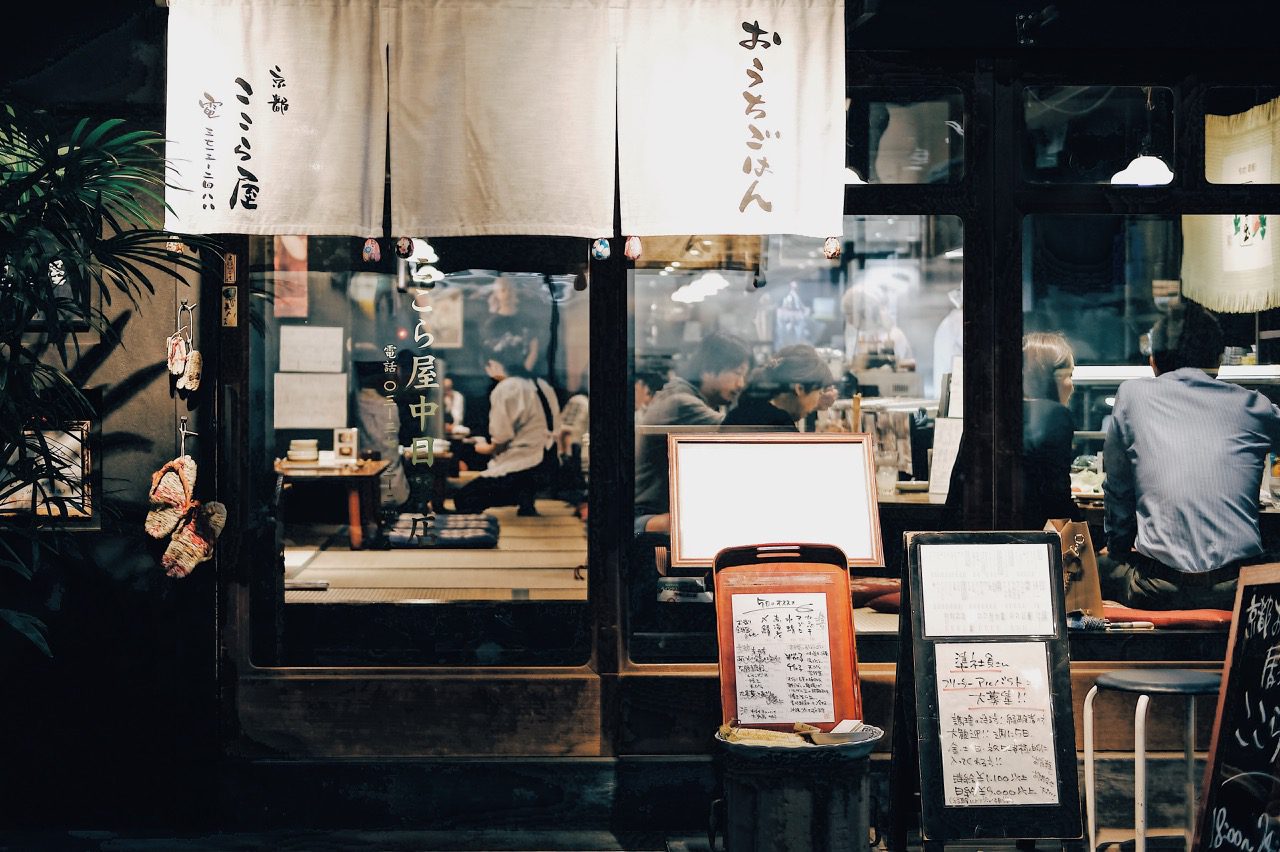
Going with a tour as opposed to planning a DIY trip is a good idea because you’ll cover more ground, meaning you get to see and experience more of Japan on your trip. It takes all the guesswork out of it as everything is planned for you, including transport (the Japan railway system is awesome but also kinda nuts). You’ll meet new people (I met my BEST friend on the Topdeck tour that changed my life), have loads of fun and, most importantly, save money! TourAmigo lets you search and compare tours from a wide range of companies, whereas a travel agent will show you fewer options and a tour company website only shows you their products, so you may not find the right tour for you.
When it comes to Japan, you’ll find some awesome trips on the TourAmigo site, like a 6-day ‘Japan on a shoestring,’ 14-day ‘Discover Japan,’ 12-day ‘Japan: Hike, bike and kayak,’ 7-day, ‘Ski-Japan,’ and the 7-day outdoor adventure, ‘Discover Yakushima.’ Like I said, Murray’s a friend of ours and when I told him I was going to include TourAmigo in this post he quickly put together a discount for you guys! Thanks, Murray! So, if you are thinking of booking a tour, go with TourAmigo and use the code, ‘littlegreybox,’ to get 5% off (that’s for any tour, not just Japan, okay! So spread the word and help a broke mate save some money!) Find Awesome Japan Tours here!
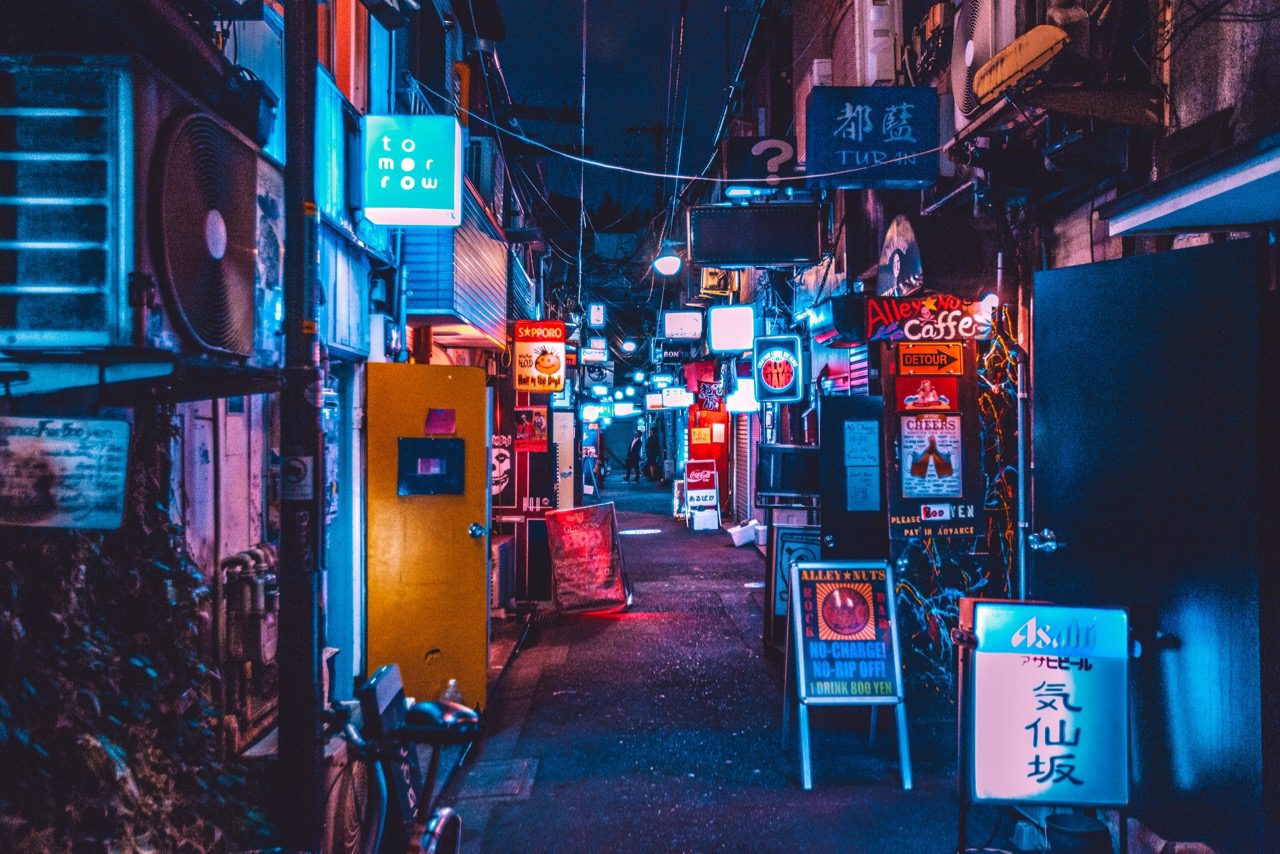
2. Off-season adventures
If you’re looking to do Japan on a budget, it might be best to plan your trip for the low season. You’ll want to avoid the peak times like the start of the New Year and the height of Cherry Blossom season (just check where you want to visit as Cherry Blossoms bloom at different times in different parts of Japan). You’ll also find things are very busy during Obon in August and Golden Week, from late April to early May. While the weather may not be as reliable, the rainy season around June is a great time to visit for budget travellers as you’ll get better deals on your accommodation and, as a bonus, there will be fewer tourists crawling around must-see spots.
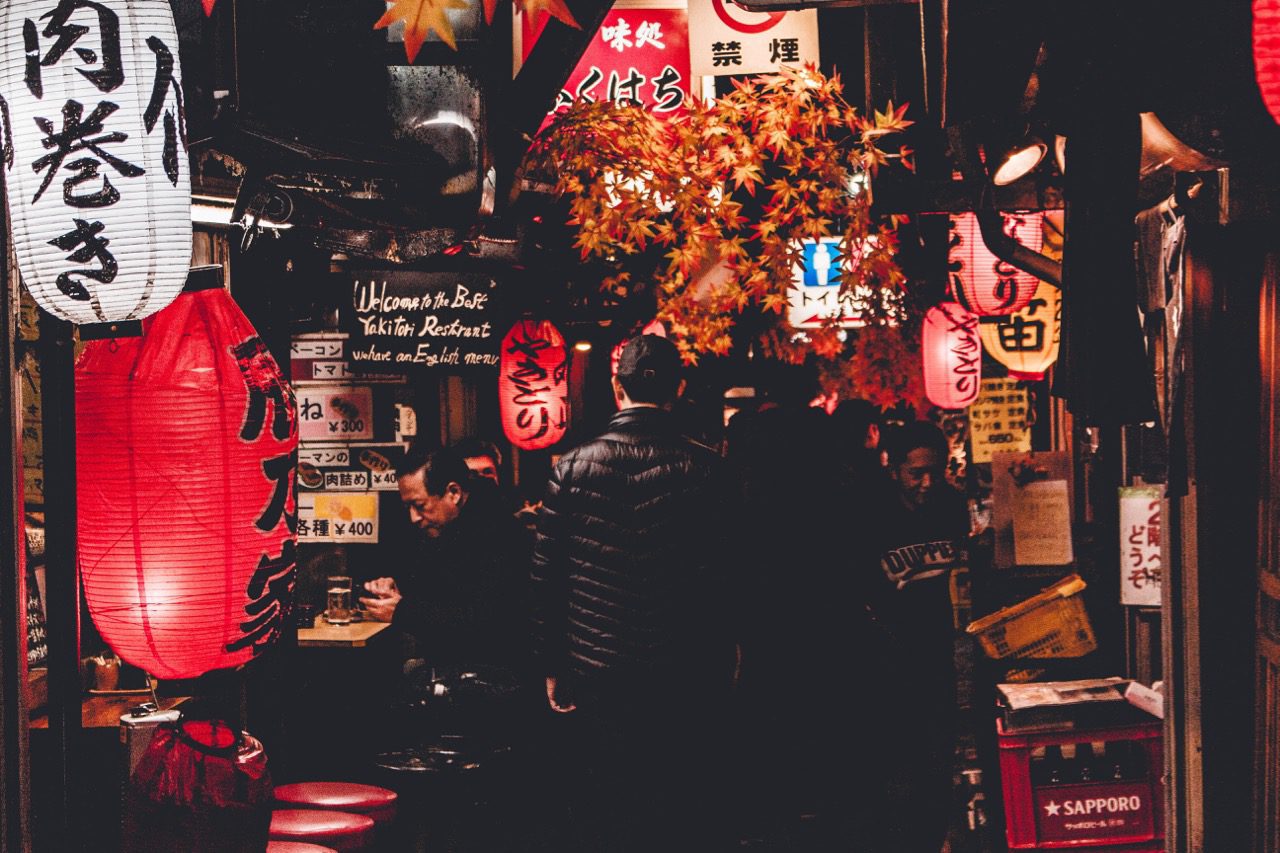
3. Cut down on food costs
Food in Japan can be really expensive, especially if you love good food and plan on eating at pricey sushi joints (a chef’s selection meal can easily run into the hundreds). To keep costs down, you’ll need to think through what you’re going to eat and, if you do want to eat at a few fancy places, make them a scheduled treat, rather than an everyday occurrence.
There are some great 100-yen stores (a little over $1AU) dotted around the place, seek these out and buy your food and supplies here instead of takeaway spots, restaurants and grocery chains. We sought out cheap sushi spots instead of the high-end places and found them to be really well-priced even if the sushi wasn’t exactly award-winning, places like Uobei in Tokyo are ideal. We also found curry, ramen and donburi to be really affordable meal options, often costing as little as 280-Yen ($3.30AU) up to around 700-Yen ($8AU). Where possible, prepare your own meals and avoid buying fresh fruit and vegetables as they’re expensive.
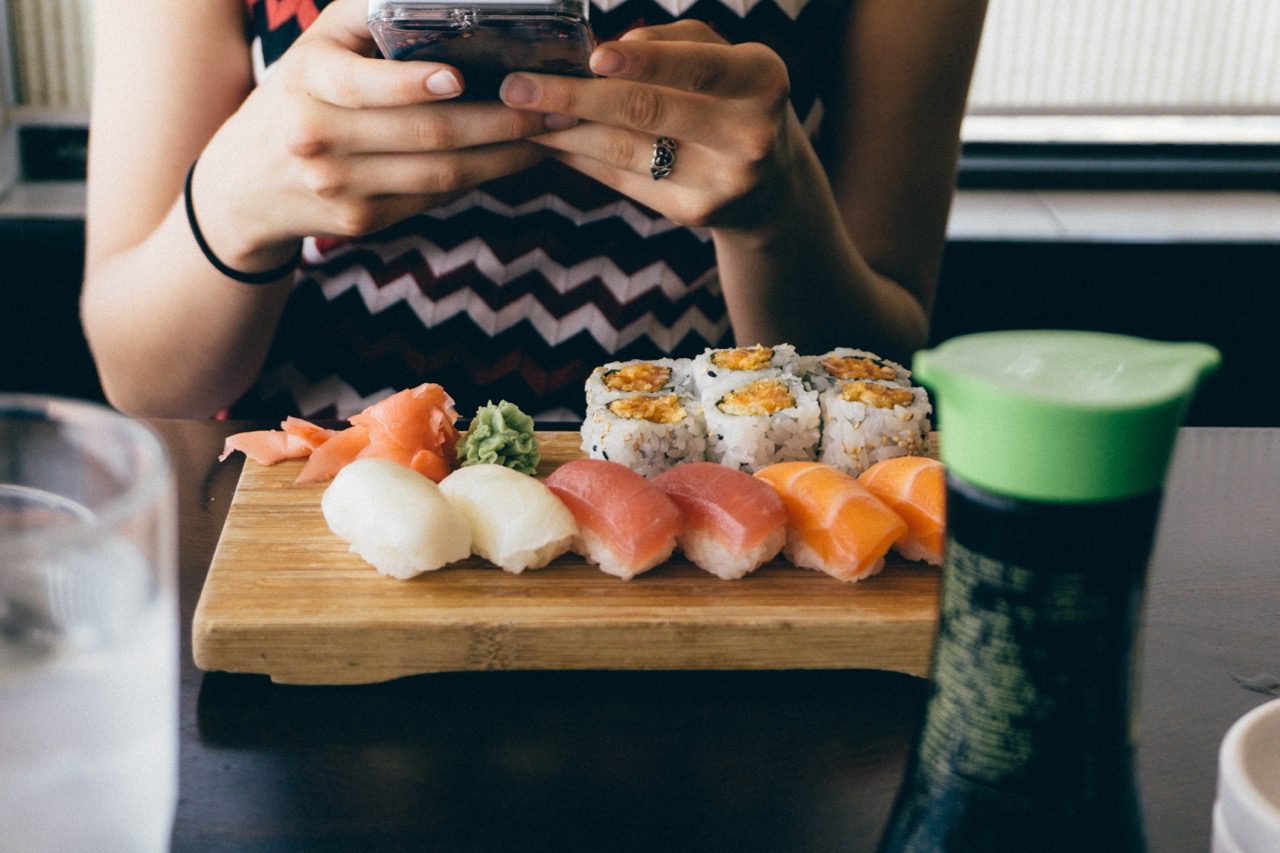
4. Transport on a budget
Sorry to harp on about it, but the cost of transport is one of the very good reasons to consider doing a tour. While people talk a lot about buying a Japan Rail Pass, the reality is they’re expensive and only a good idea for those planning on using them a lot to get their money’s worth. To give you an idea of cost, a 7-day rail pass is $326AU. That may not sound like a lot for one person, but for Matt and I that would be $652, which is a lot of money.
A 14-day pass is $520 and 21-days is $665. But, like I said, if you’re going to cover a lot of ground it’s worth considering, especially as JR trains do service city areas (but, keep in mind, there are different train line companies in Tokyo, so not every train is a JR train). That said, if you planned it right, you could potentially save money on accommodation by catching a night train and sleeping on it. If you do decide to go with a Rail Pass make sure you book it online before you go as it will be more expensive if you try to buy it on the ground in Japan.
Buses are another, less-expensive option and you can buy a bus pass for around $120AU for three days but they’re slower, so a two-hour bullet train trip to Osaka would take somewhere around 10 hours via bus. Before you go to Japan, I would strongly recommend working out what you want to see and the best way to get there within the time you, have and also under budget. I said it above, but Matt and I became a bit overwhelmed with all of this and spent our whole time in Tokyo, which is why a tour starts to look mighty appealing.
Get connected with a local SIM card from Simify.
Get it delivered before you leave home, ensuring you’re able to connect and navigate as soon as you arrive + find great things to do on the go!

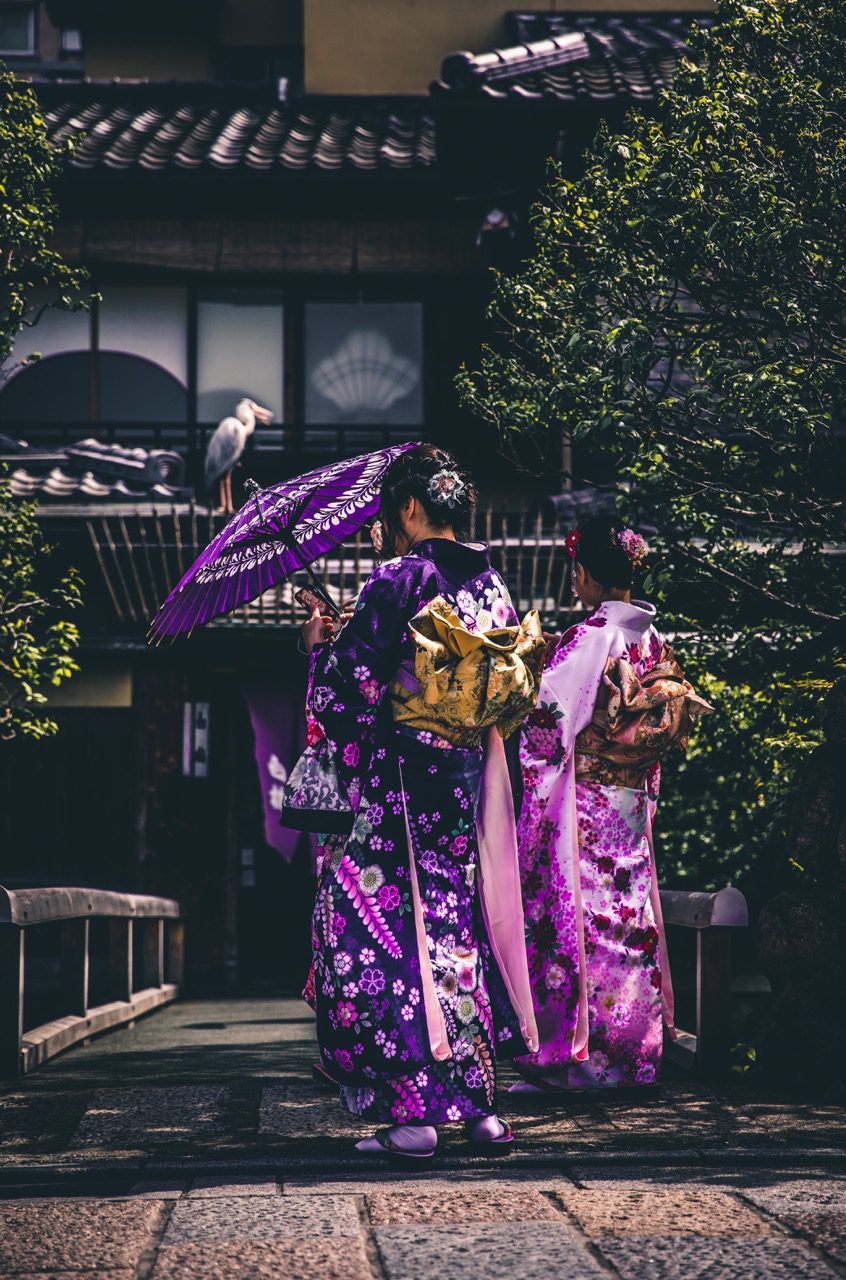
5. Stay in cheaper accommodation
I gotta say, sometimes I find budget accommodation a bit depressing. It starts off all well and good and I’m all, “Yeah! I’ll stay anywhere as long as I get to see Tokyo!,” then I get there and the room is a foot wide and I’m all bummed out about it. To overcome this, Matt and I go super budget, to begin with, and, with each hotel, we move up a notch. So, we start out in the crappiest, budget hotel we can afford then move to a slightly better one and then a better one, ending our trip in luxury, By the time you get to the luxury one, you’ve forgotten all about the horror of the first one and get to end your trip on a high note without breaking the bank.
I haven’t done it personally, but I have heard there are hostels in Japan that allow guests to stay for free if they clean rooms in exchange. While it’s not as popular as it is elsewhere, CouchSurfing is an option. I have a friend who found a great holiday rental apartment through Airbnb or a similar site and split the cost among a group of girlfriends, it ended up being really budget-friendly for them as a small group and they could save money by preparing some of their own meals too. Let’s not forget, the famed Capsule Hotels, perfect for the solo traveller, a place to sleep will cost you around $23-46AUD per night.
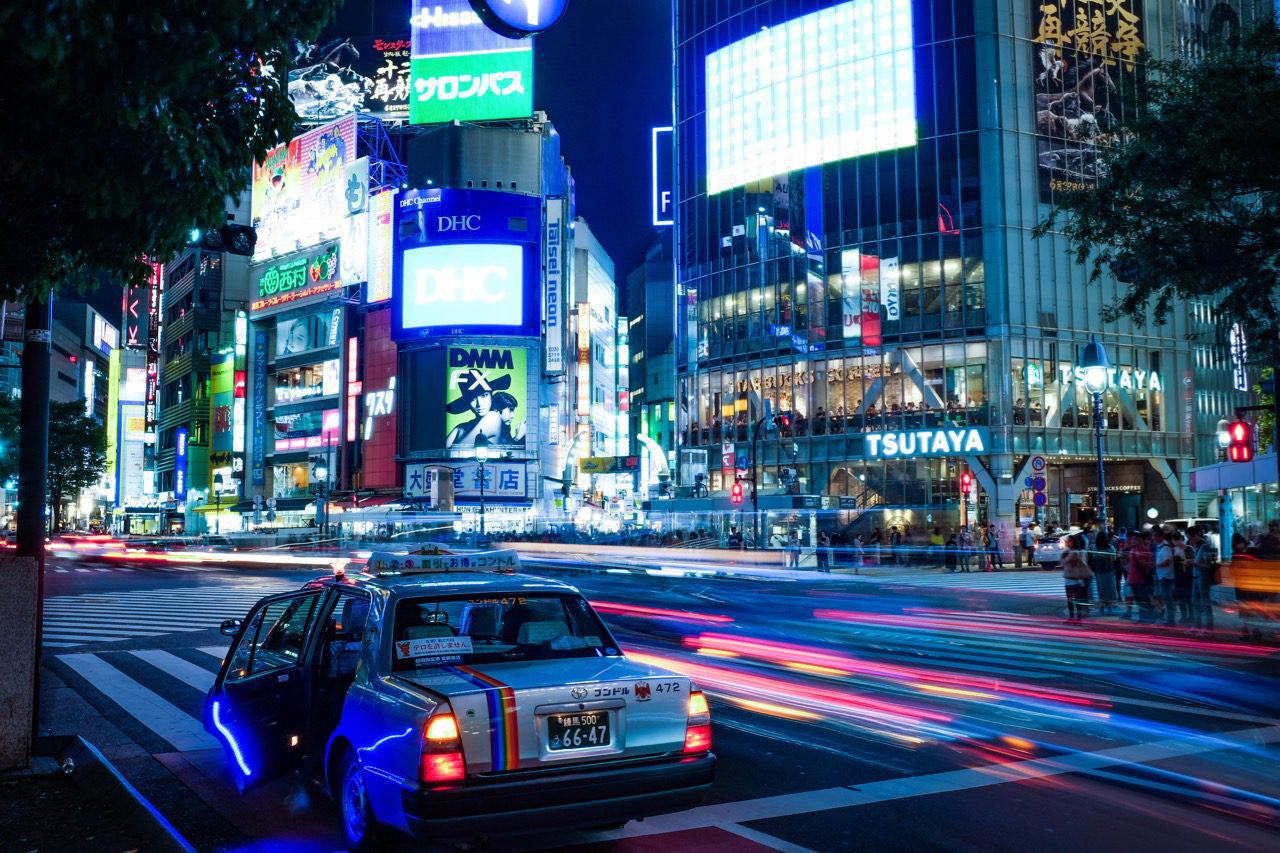
Best travel resources for your trip!
If you found this post useful, please use the affiliate links below. I’ll make a small commission at no extra cost to you. Rest assured, these are the products and services I love and use. Read the disclaimer for more information. Thanks for your support! – Matt.
Agoda – hotels
Booking.com – hotels
Cover-More – insurance
DiDi – rideshare
Motorhome Republic – RVs
Discover Cars – rentals
Simify – SIM cards
Skyscanner – flights
Surfshark – VPN
TourRadar – tours
Welcome Pickups – transfers



